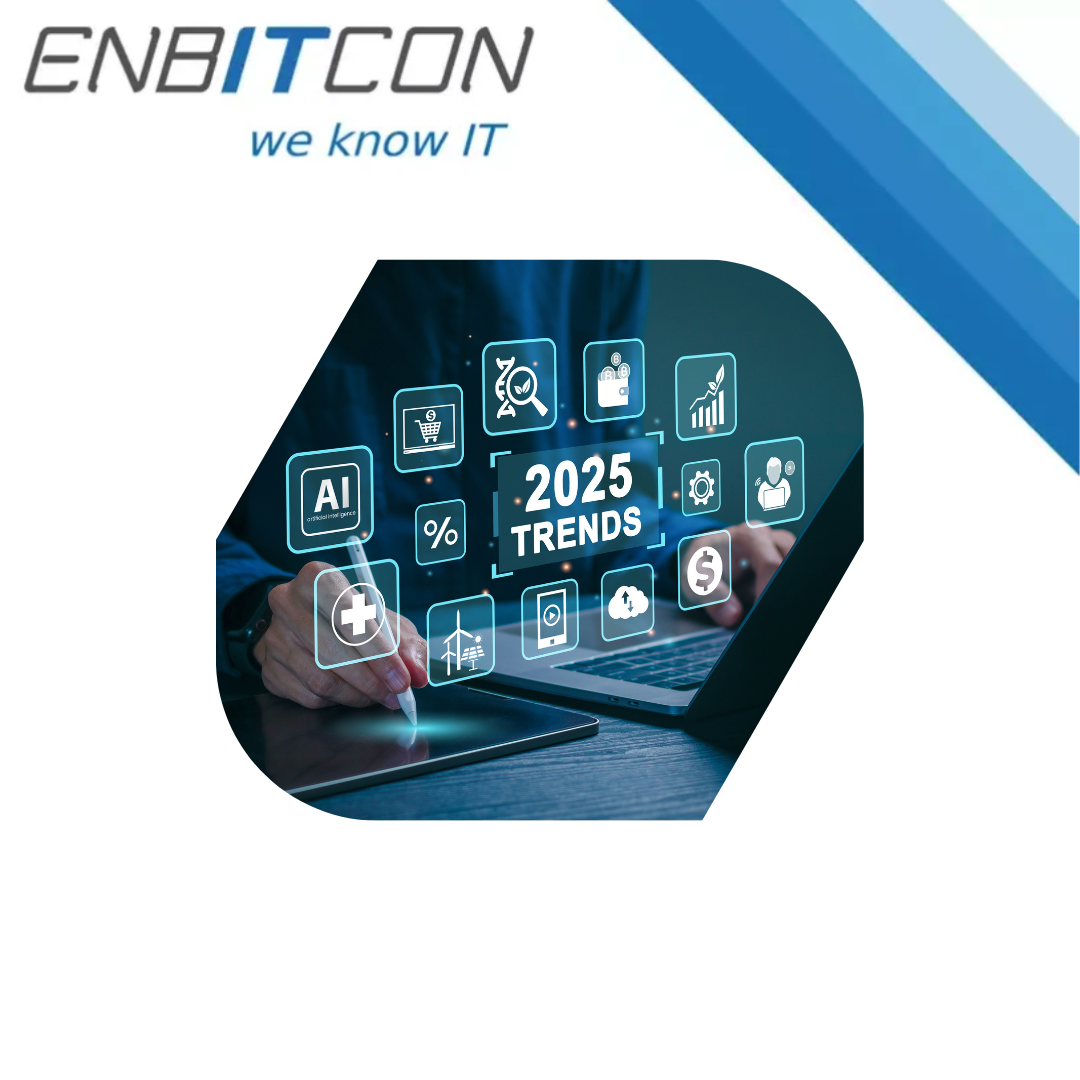
Cybersecurity Trends 2025: Why Companies Need to Act Now
The digital threat landscape is evolving rapidly, and companies are increasingly challenged to adapt their IT security strategies to new risks. Gartner has analyzed the key cybersecurity trends for 2025 and emphasizes that resilient security concepts are crucial to protecting business operations and fostering collaborative risk management. But which trends should IT security leaders pay special attention to?
- Cybersecurity as a Business-Critical Factor
- Advanced Zero-Trust Approaches
- Cybersecurity Mesh Architecture (CSMA)
- Artificial Intelligence in IT Security
- Strengthening Supply Chain Security
- Cybersecurity Awareness & Human Risk Management
Cybersecurity is no longer just an IT department concern – it is a central pillar of overall business strategy. Companies must integrate security measures directly into their digital transformation processes to identify and mitigate risks early.
The Zero-Trust model will remain an essential component of modern IT security architectures in 2025. Companies are increasingly relying on identity and access management (IAM), continuous monitoring of user activities, and micro-segmentation to minimize attack surfaces and effectively defend against internal and external threats.
Gartner predicts that by 2026, cybersecurity mesh architectures (CSMA) will play a key role. This strategy enables various security tools to be flexibly linked together, creating a consistent security strategy across hybrid and multi-cloud environments.
AI-driven cybersecurity is becoming increasingly important in detecting and preventing attacks early. Companies are increasingly using automated threat detection systems that can identify and respond to network anomalies in real-time – a crucial advantage in combating sophisticated cyberattacks.
As many companies depend on third-party providers and cloud services, supply chain security is becoming a central security aspect. Securing supplier and partner networks against cyberattacks is critical to minimizing potential attack points.
Technology alone is not enough – employees remain the weakest link in the security chain. Companies are increasingly investing in training, awareness programs, and security awareness campaigns to enhance risk awareness across the organization.
Conclusion: Setting the Course for a Secure Future Now
The cybersecurity trends for 2025 indicate that companies must adopt proactive, adaptable security strategies. Resilient IT security concepts, the use of AI, a strong Zero-Trust approach, and comprehensive risk management are essential to effectively counter cyber threats.